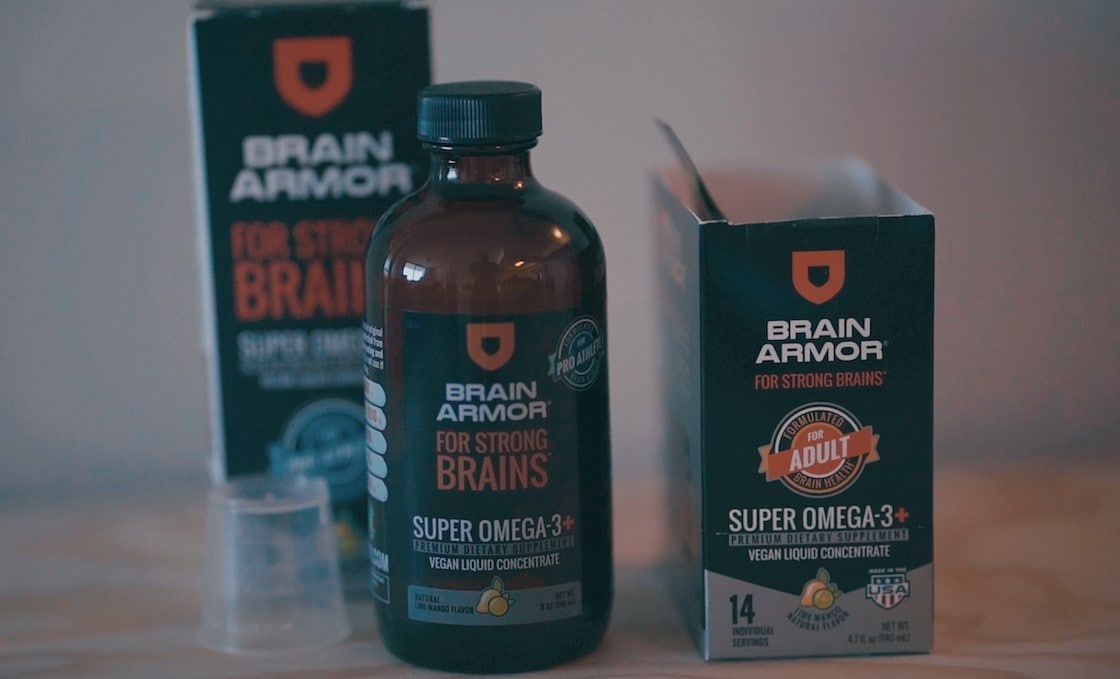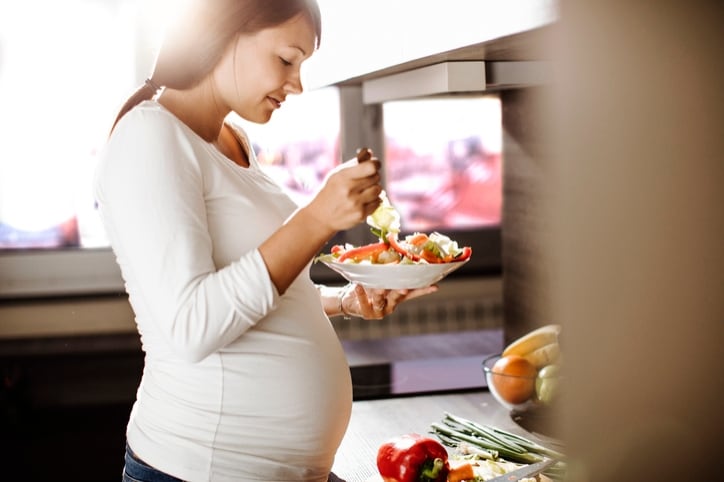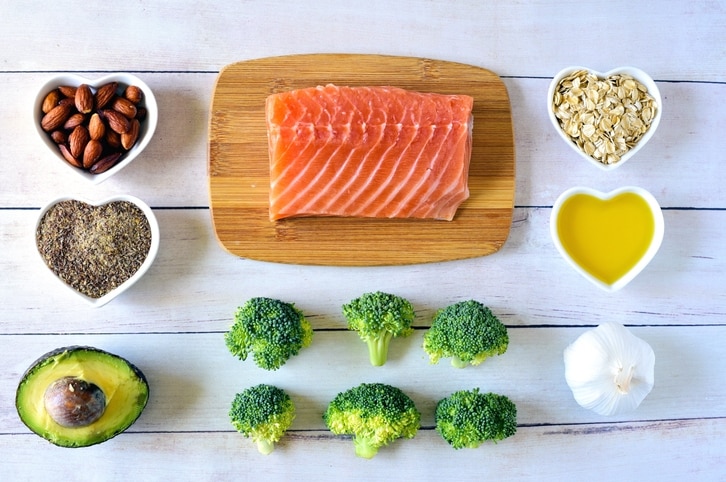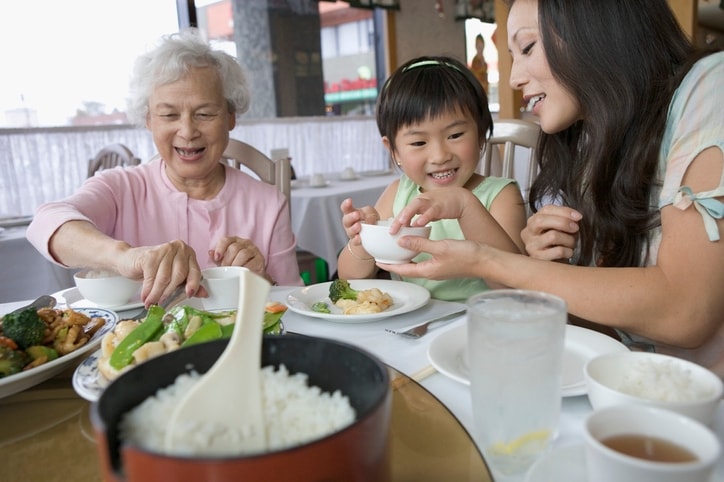An Australian study found that 31 percent of vegans choose to follow this diet because of concerns about the environment. (1) And, it’s not just vegans and vegetarians who are concerned about ethical eating patterns. Ethical food purchases now make up close to 10% of all food purchases in the UK. To give that some context, that equates to double their tobacco sales, and is the 13th year of consecutive sales growth.
So, with this in mind, let’s review some of the best strategies for sustainable eating.
1. Shop locally
Buying out of season produce from the other side of the world may look tempting, but it’s rarely as tasty as when you’ve purchased it direct from the farm gate. When food is transported internationally or even long distances, fossil fuels are burnt to fuel the transport. Locally derived foods are often fresher, cost less and taste better. Try shopping at local farmer’s markets, or better still, grow your own vegetables or swap produce with friends and neighbors. Shopping locally also keeps your money within your local community and helps to support small businesses. Getting to know the people producing your food is not only great for the environment, but great for local communities.
2. Reduce packaging
Plastic, metal and other materials that go into packaging often end up in landfill. Try your best to reuse packaging where possible. Reuse shopping bags, choose recycled high-density polyethene plastic bags for bin liners and consider buying some foods in bulk then proportioning them into smaller portioned containers at home. Minimally processed foods translate into less packaging and less energy used to produce the foods, so focus on purchasing and eating core foods instead of foods with long lists of artificial ingredients.
Avoid disposable products where possible. Instead of turning to disposable crockery and cutlery, use the real thing. If you must use disposables, ensure that you choose products that can be accepted by your local recycling program.
3. Choose sustainable seafood
We all know the benefits of omega-3 DHA and EPA for health. But, how do we meet our requirements while still practicing sustainable eating? There are two key options.
For those who do eat fish, take some time to become aware of sustainable fishing practices. Overfishing can have a significant impact on whole marine ecosystems. Choose fish that are sustainably caught. These can be either farmed or caught wild. If farmed, try to choose fish that have come from certified aquaculture farms. If caught wild, choose fish that regenerate quickly and easily. One of the best ways to start, is by asking your fishmonger or restauranteur whether the fish you are buying is sustainably caught; even if they don’t know the answer, the conversation will help them become more aware.
Another option is to supplement your diet with algal DHA omega-3. Algal DHA is derived from the microalgae that fish eat – which is what makes them so rich in omega-3! Algal DHA delivers a sustainable way to attain high-quality omega-3s that can benefit your heart, mind and joint health.
Eating sustainably is not only good for the environment, but it will be good for your conscience too. So, think about some strategies that you can implement to help you to eat more sustainably.










